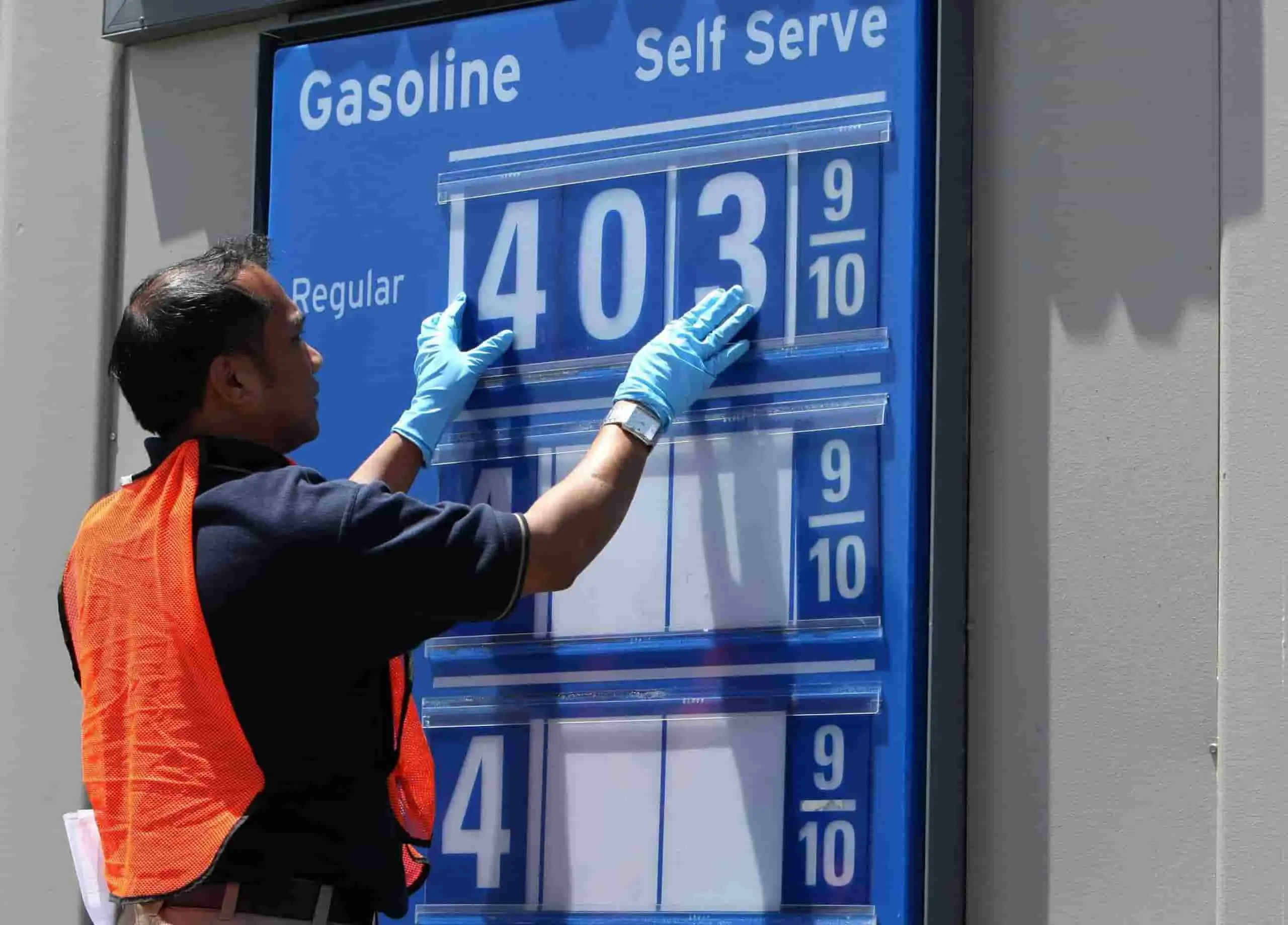Consumer price rates were constant throughout January 2019 as lessened gasoline prices counteracted the effect of rising costs of housing, clothing and medical care.
The labor department said that the Consumer Price Index increased only 1.6 percent which is less than its increments in previous years. Last year, CPI increment was 1.9 percent.
The price hike has been tampered by 10.1 percent jump over the previous 12 months in prices at the gas pump. But the dominant part of the Index, which is housing expenses, have risen 3.2 percent.
When volatile energy and food categories are excluded, core prices get an increment of 0.2 percent for the fifth month in a row. It can be said that for the third consecutive month, core prices were 2.2 percent up as compared to the previous year.
Clothing costs got the largest gain in the previous 11 months. It jumped 1.1 percent every month. Moreover, medical care services increased 0.3 percent which was quite close to housing costs increment every month.
Inflation is still in its average form instead of a tightened labor market. Furthermore, this tightening of the labor market is the result of gradually slowing of economic growth in countries like China and Europe. Ultimately, this moderate form of inflation and slow economic growth of these countries are helping in lowering the oil price rates.
Gasoline prices dropped 5.5 percent in January 2019. Also, Gasoline price rates fell 5.8 percent in December. Moreover, food price rates got a hike of 0.2 percent in January month of this year. Though, food price rates got 0.3 percent increment in December month of last year. Food utilized at home showed a 0.1 percent hike in the last month.
Residential rent, which is the money that a homeowner pay to rent or receives when he rents his home, got a hike of 0.3 percent in the last month. Though, it was 0.2 percent in December month of last year.
The Federal Reserve is looking towards various strategies to increase interest rates. Since inflation is at a lower level, there is less pressure on the Federal Reserve as it is continuously increasing consumer price rates in order to accelerate economic growth.
